Contextual concerns in blind tasting
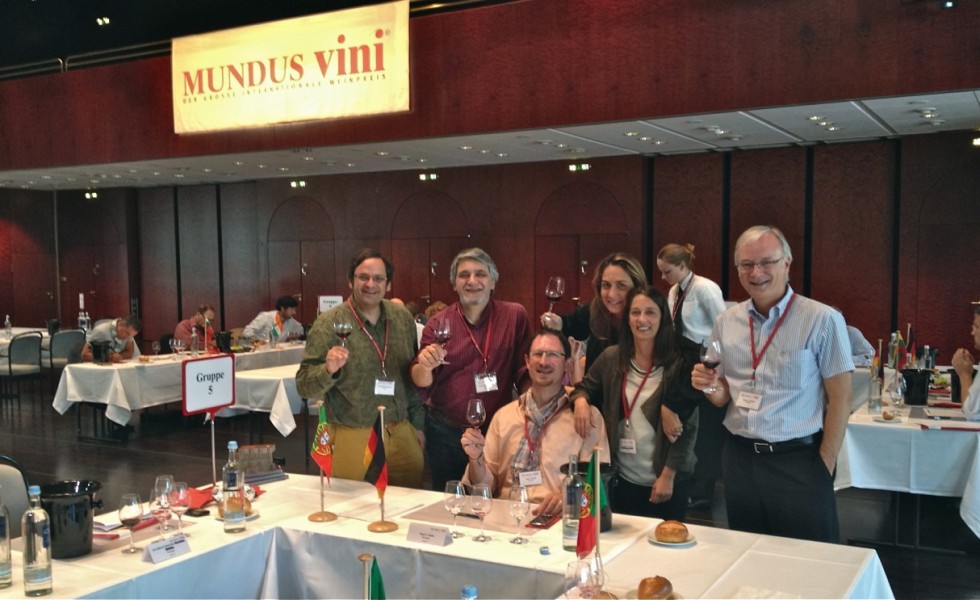
29 August 2014
By Panos Kakaviatos for wine-chronicles.com
Blind tasting at an international contest as comprehensive as Mundus Vini can be a daunting task. For five days in a row, judges fly to Germany from all over the world. They get up at 6:30 am in order to taste wines from 8 am until about 1 pm. Fortunately, the organization is excellent and so are the scores of professional judges with whom I had the honor to taste.
Over 4,400 wines from some 40 countries around the globe are being evaluated over a five-day period (27-31 August 2014) under impeccable conditions: all the needed space to taste comfortably, fine glassware, attentive service, strategically placed and discrete spitting buckets de rigueur, proper temperature for both wines evaluated and in the expansive tasting room of the elegant Saalbau Neustadt an der Weinstrasse building, and excellent pacing with well-timed breaks between flights. Organizers took the somewhat controversial decision to remove WIFI so that we could better concentrate, but that did not prevent people from clicking on their 3Gs… A minor detail.
Blind tasting pitfalls
More important for this blog entry: no matter how well organized the event, blind tastings can have “issues”. Take for example (1) understanding context and (2) knowing the prices of the wines.
This has been my second time judging for Mundus Vini, and once again I am tasting many wines with which I have little or no experience. I thoroughly enjoy the experience of evaluating such wines as Nuragus di Cagliari from Sardinia or dry Furmint from Podravje (Drautal) in Slovenia, but other judges in my panel have more experience with such wines and may be more familiar with stylistic expressions coming from them.
I exaggerate with these two examples because I doubt that anyone in our five-member group knew where the variety Nuragus comes from and several had assumed – like me – that the Furmint was from Hungary. Or I assumed that they did…
But let’s take the example of a 2012 Sauvignon Blanc from the Setubal Peninsula in Portugal that includes up to 12 grams of residual sugar and blended with Verdelho. How many readers of my blog – honestly – have encountered this wine? This was wine #7070 in a flight of whites mainly from Portugal (none being the more commonly known Alvarinho or Vinho Verde) including Codega do Larinho, Encruzado, Rabigato and Viosinho – among others.
Three out of five tasters in my group were Portuguese so they were more familiar with how these grapes “should” taste. So when we got to the sweetish Sauvignon Blanc-Verdelho blend, with residual sugar and aged in oak, I thought it was just shy of atrocious. It was not so much the oak that annoyed me but the almost overripe banana flavors. Group leader Peer F. Holm, a top German wine consultant, explained that the wine would go well with certain foods and appreciated its “balance”. Judge Antonio Rocha Graca – who works in research and development for Sogrape in Porto, the well known family-run company owning over 830 hectares of vineyards with a focus on exports and international markets – also understood the wine that way. Certainly both gentlemen have more experience with the style and could grade the wine with greater knowledge. Still, I could not get beyond the banana. It did not get a gold rating, but it did obtain silver.
Another example was a wine that we all thought was a fine Madeira – salty, nutty, brisk enough yet sweet – to which we awarded a gold score. The only problem is that it turned out to be a rather weak Porto wine from 2009 – a blend of Touriga Nacional, Touriga Franca, Tinta Roriz, Tinta Fina and Tinta Barroca – that came across as too oxidized to be a proper Porto. And yet, as we tasted the wine blind – most believing it to be Madeira – we gave it high scores.
The blind tastings are grouped according to logical categories (fortified wines, dry whites, dry reds, etc) and tasting sheets include aroma profiles to check as well as how the wine is sensed in the palate (bitter, astringent, sweet, dry etc).
The listing of the wines includes details such as whether it was aged in oak, vintage, residual sugar levels, variety or if a blend. But – for some of us – one crucial element was missing: price. Take for example a wine that I rated 90 points – a low gold – that was also highly rated by at least three more of our five-person group. This was a Sherry/nutty like Encruzado variety wine, a still white from 2010, that was cohesive, smooth and salty – and pretty darn good. As it turns out, this Dao from the Beiras growing region in Portugal – made with Encruzado and Verdelho – costs €25 per bottle (I believe retail), but we did not know that except for judge Beatriz Machado, a Master of Sciences in Viticulture and Enology from the University of California at Davis and the wine director at the Relais & Chateaux luxury hotel The Yeatman in Oporto, who recognized the wine. “I know this wine and for a 2010, it is over evolved and also costs too much for what it is,” she remarked. Fellow judge Antonio Rocha Graca, who also scored it highly, later agreed with Machado’s price point: “I liked the wine very much, but would not buy it at €25. For €15, yes.” On the other hand, one could convincingly argue that if prices were revealed than that could bias judgment just as much as seeing the label/brand.
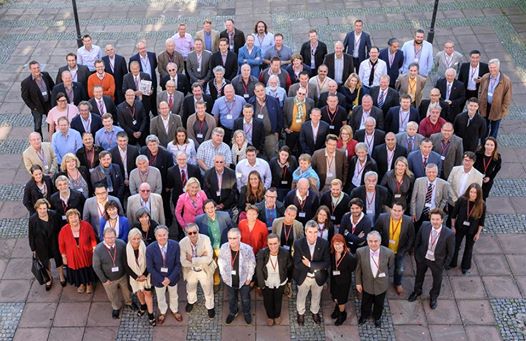
Judges at the five-day Mundus Vini awards in Neustadt an der Weinstrasse in Germany: over 4,400 wines from some 40 countries are being tasted.
All in all, the blind tastings at Mundus Vini work well because we base our judgments on objective criteria such as balance, expression and definition and intensity of flavor, throughout the tasting process from the attack to the length of the finish. Second bottles are opened if faults such as cork taint or excessive sulfites are detected.
Positive group dynamics
As I had experienced the previous time I took part in the Mundus Vini international wine awards panel with excellent group judge Paul Robert Blom, the group leader’s role includes maintaining positive pacing. This time around, Peer F. Holm did a great job as such to maintain pace. And as with any group, chemistry counts. We were lucky to “gel” well. It was interesting how most of the time we agreed on how the wines were analyzed, give or take a point or two.
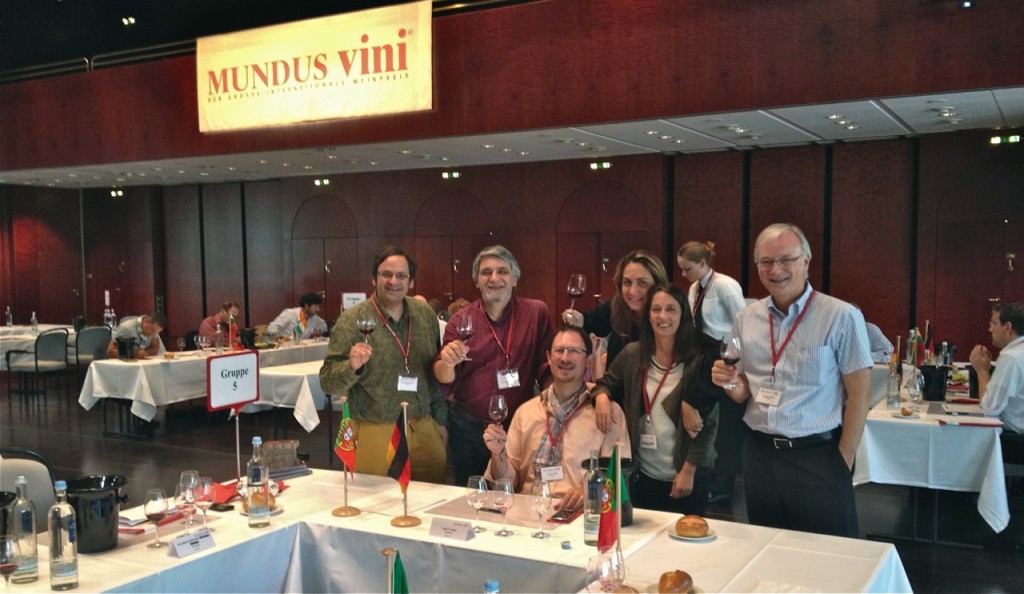
With, from left to right, Daniel Lopez Roca, Peer F. Holm, Beatriz Machado, Marta Galamba and António Rocha Graça judging for Mundus Vini at Saalbau Neustadt an der Weinstraße.
And when there was disagreement, we discussed briefly to reach a conclusion or Peer basically called the decision: whether to give the wine a medal – and very rarely did anyone object. So even though not too many silvers were awarded and just two golds, if I recall correctly (no “grand golds” which are 95-100 points), we had a great time as a group and learned a few things too.
 Wine Chronicles
Wine Chronicles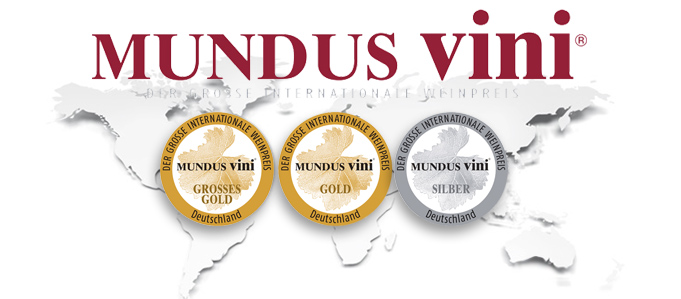
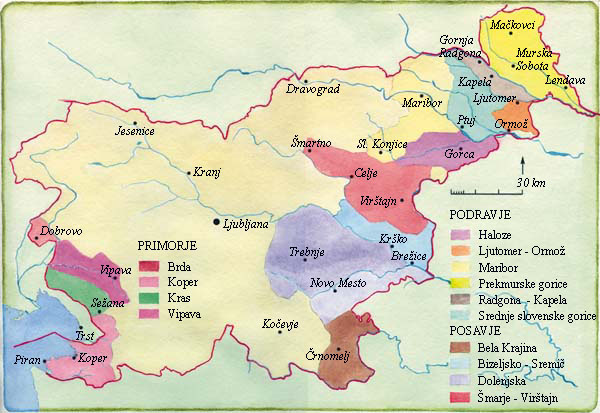
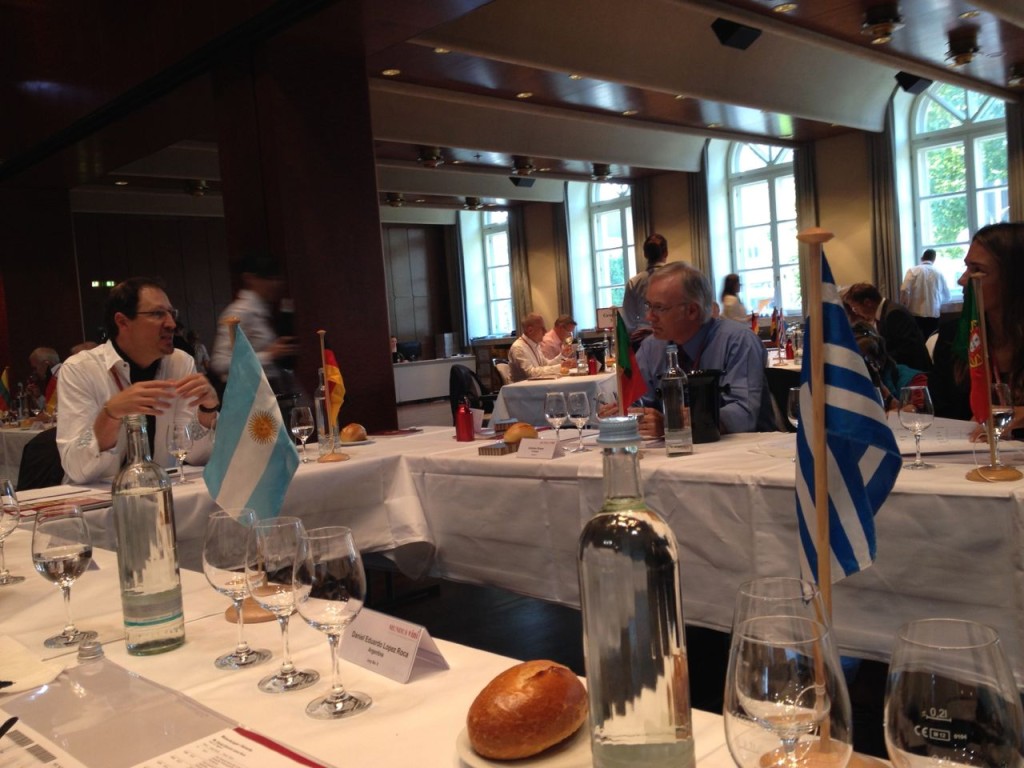
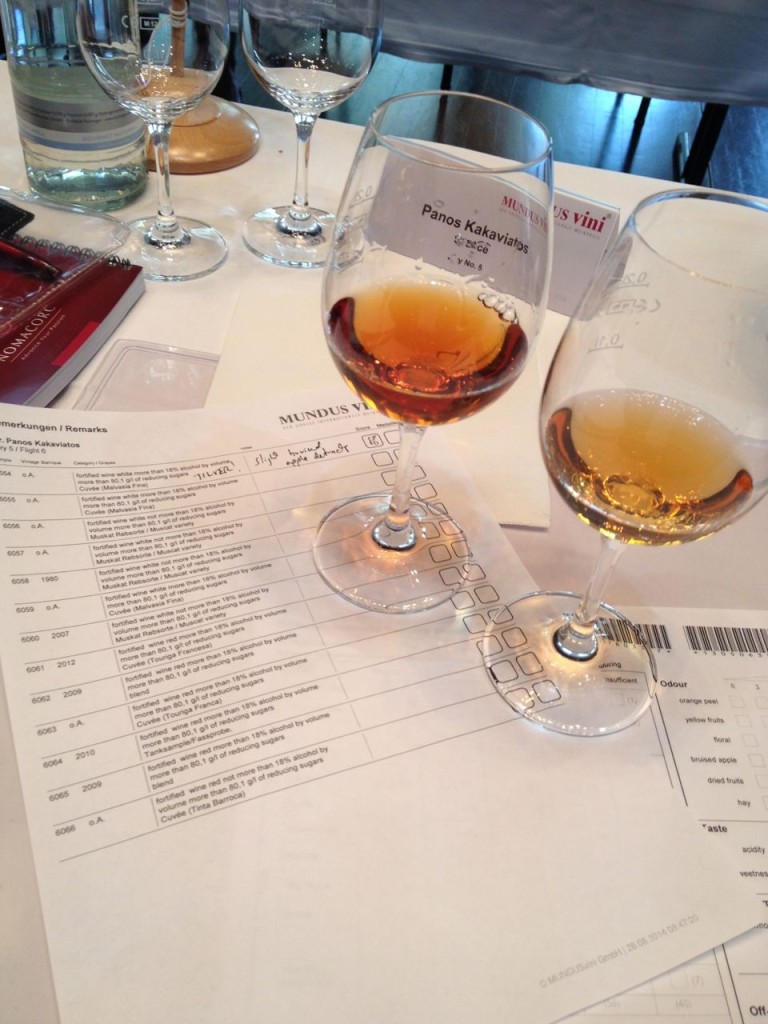
Share This